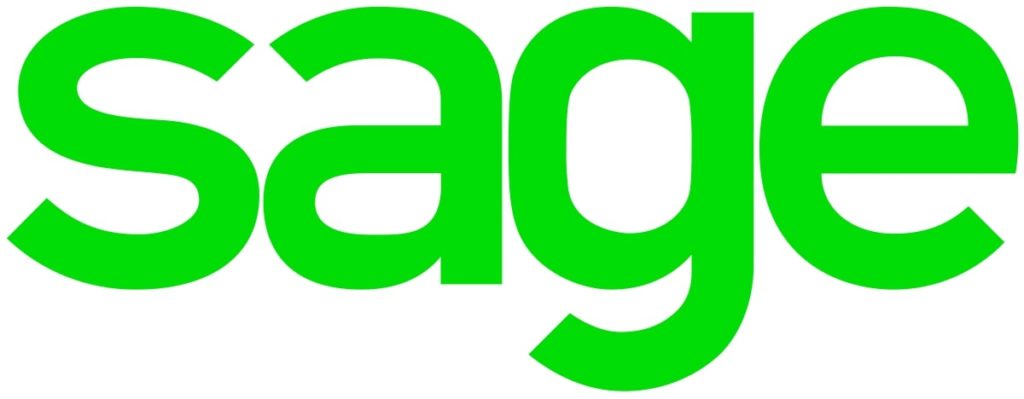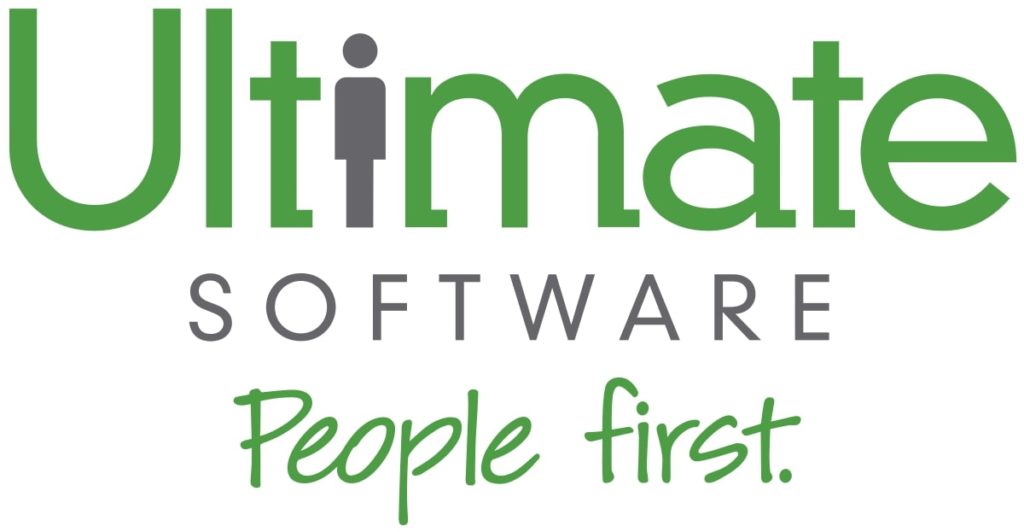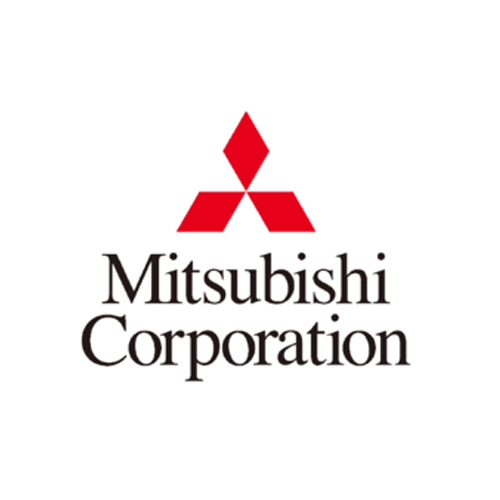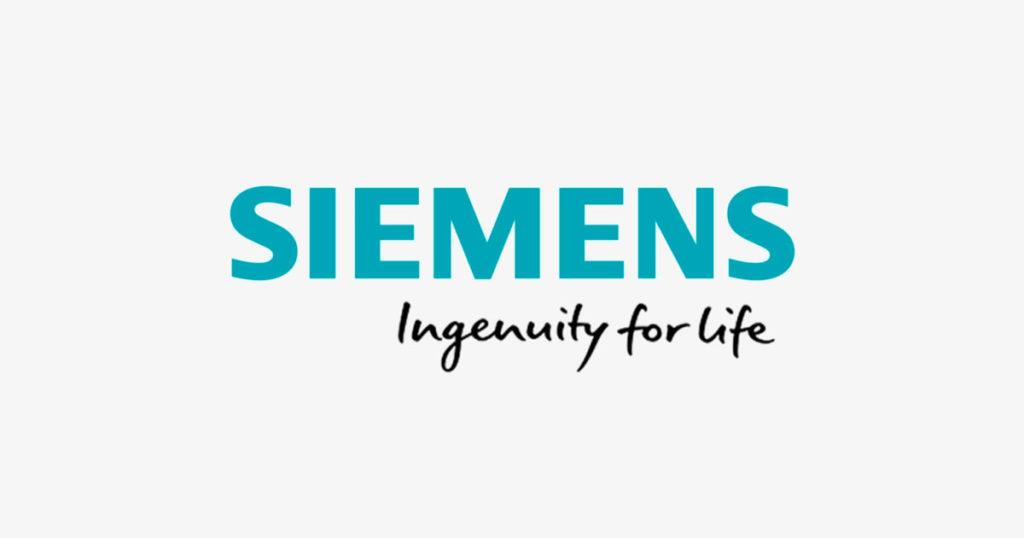OpenText Corporation – A Software Company That Was Once The Largest In Canada.
OpenText is a company based in Waterloo, Ontario, Canada. The founders of the company are Tim Bray, Gaston Gonnet, and Frank Tompa. This Canadian company was established in 1991 and it specializes in developing and selling enterprise information management (EIM) software. OpenText Corporation achieved success rapidly and expanded over time making it the largest software company in Canada in 2014. In 2016, the company was also recognized by Mediacorp Canada Inc as one of the top 100 Canadian employers.
About OpenText
There are various kinds of software applications that are developed by OpenText Corporation. This software helps large enterprises to manage and structure a large amount of unstructured data and helps in proper management. Apart from large enterprises, the software of OpenText is also used in many government agencies and professional service firms. OpenText also develops applications for mobile and online experience management.
Some of the main products of the company include Enterprise content management (ECM), Business Process Management (BPM), Customer Experience Management (CEM), Information Exchange, cybersecurity software, and many more. OpenText has more than 14,000 employees spread worldwide working to solve digital business challenges.
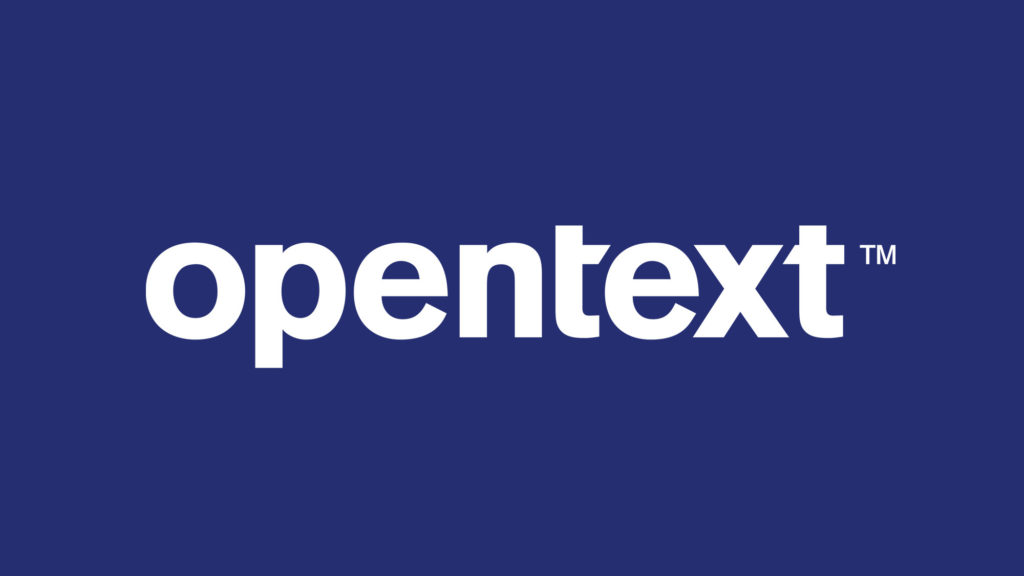
The Early Phase Of OpenText Corporation
OpenText Corporation started off as a university project when the University of Waterloo and Oxford University partnered for this new journey. Both the universities joined hands to build the first online Oxford English dictionary. After the project showed positive results, OpenText Systems Inc was incorporated in 1989. But, eventually, the founders spun off the product from the University of Waterloo and OpenText Corporation was established in 1991. And, the company began shipping the product in September of the same year.
As the first online-based product of OpenText hit the market, it helped Yahoo! To search every word from every web page. An innovative product like this gained much popularity in the market and OpenText eventually became popular in the software industry. In 1994, Tom Jenkins joined OpenText as COO and was later made the President and CEO of the company. In 1996, the company held its first IPO and it got listed in NASDAQ under the name OTEX. Earlier in the next decade, OpenText crossed 1,000 employees and made $147 million as its annual revenue. By this time, OpenText also established 31 offices both in Canada and overseas.
Expansion And Acquisitions
As the demand for the products of OpenText increased, Gartner named the company as the global leader of ECM for the first time ever. It still holds the position as one of the leading companies which specialize in ECM. In 2014, the company decided to expand its market by adding B2B integration services and cloud-based fax services. OpenText achieved both of these when it acquired GXS for $1.06 billion. The company also became a market leader in content services when it acquired Dell EMC’s Enterprise Content Division including Documentum. The deal was closed for $1.62 billion in 2017.
The series of acquisitions continued for OpenText and so was expanding into new sectors every year. In 2019, OpenText acquired a company called Carbonite to enter the cybersecurity sector. Acquiring this company ensured cyber resiliency for customers along with an end-to-end platform offering data protection, digital forensics, etc. This deal was closed successfully for $1.45 billion. The acquisitions made by the company are made strategically to enter new markets and eventually become global leaders in those sectors. But, OpenText is yet to become one of the best companies in the cybersecurity sector. Last year, the company crossed the $3 billion mark of annual revenue.
About The Founders
Tim Bray apart from being a software developer is also an environmentalist and political activist. He studied mathematics and computer science for his bachelor’s degree. In 1987, Tim joined the Oxford English Dictionary project at the University of Waterloo, and before that he had working experience at Digital Equipment Corporation and Microtel Pacific Research.
Gaston Gonnet is a well-known computer scientist and entrepreneur. He became famous for his contributions to Maple Computer Algebra System. Gaston completed his education at the University of Waterloo. Apart from founding OpenText Corporation, he also co-founded Symbolic Computation Group.
Frank Tompa graduated from Brown University followed by the University of Toronto. He served as a faculty member at the University of Waterloo for some time. Frank is famous for co-founding OpenText and he was also awarded Queen Elizabeth II, Diamond Jubilee Medal, for his services to the country.

Annasha Dey is an NIT student, who apart from studying engineering is also a content writer. She has a great interest in photography, writing, reading novels, and travelling as well. She is a foodie who loves socializing and hanging out with her friends. She is also a trained Kathak dancer and a big fashion enthusiast. Dey also loves watching TV series, which includes F.R.I.E.N.D.S. and Big Bang Theory. To be a better writer she prefers to read more
